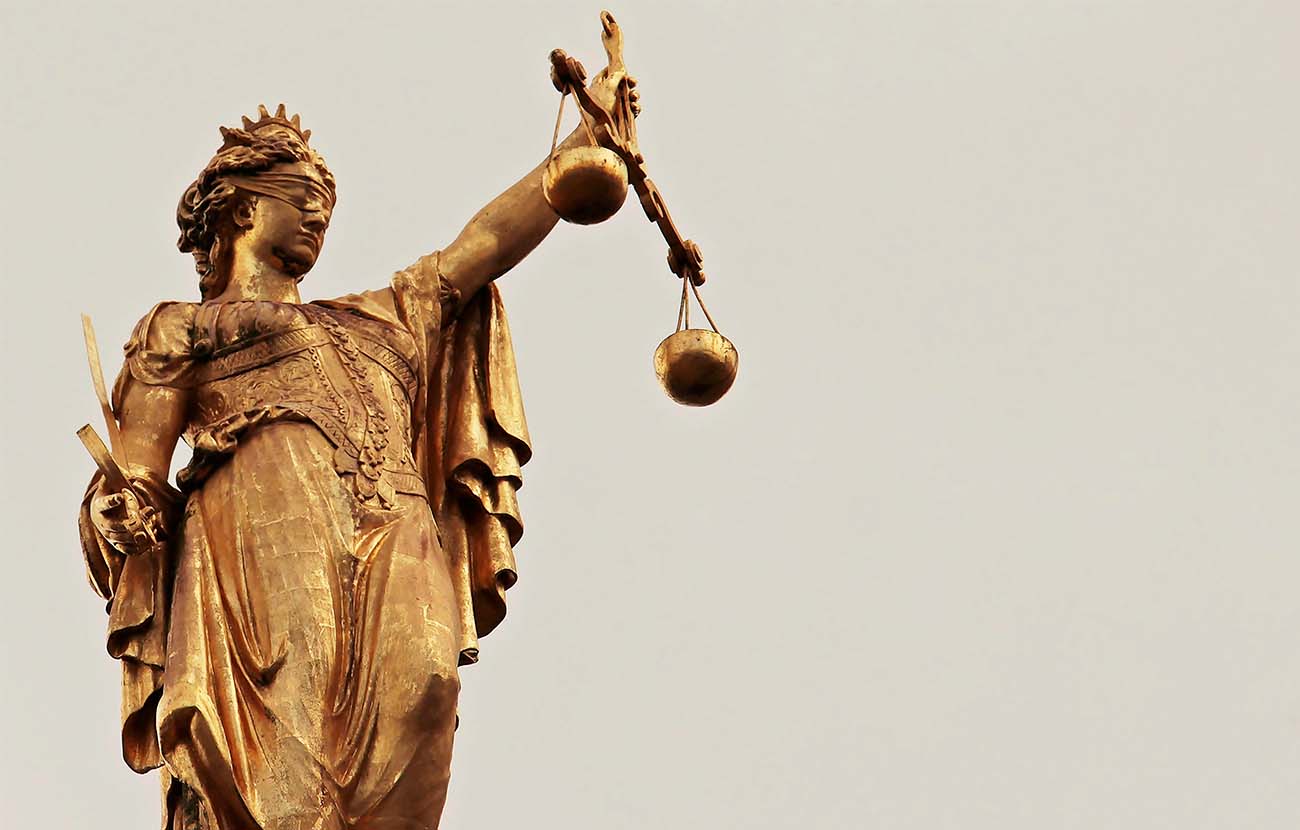
The rule of law, an endangered species? (full article)
The World Justice Project
For yet another year, The World Justice Project, an independent, multidisciplinary organisation that works to build knowledge, raise awareness and stimulate action to advance the rule of law around the world, has published the Index measuring people's perceptions and experiences of the rule of law in their countries.
In its report, The World Justice Project defines the rule of law as an enduring system of laws, institutions, norms and community engagement based on:
- Transparency: both government and private actors are accountable to the law.
- Justice: the law is clear, publicised, stable and uniformly applied. It guarantees human rights and property rights, as well as contractual and procedural rights.
- Open Government: the processes by which the law is adopted, administered, adjudicated and enforced are accessible, fair and effective.
- Accessible and Impartial Justice: justice is delivered in a timely manner by competent, ethical and independent representatives and neutrals who are accessible, adequately resourced and reflect the composition of the communities they serve.
For the Index, The World Justice Project has conducted global surveys of more than 154,000 households and 3,600 legal professionals and experts. It has also established a Rule of Law Conceptual Framework based on 8 factors that are broken down into 44 sub-factors.
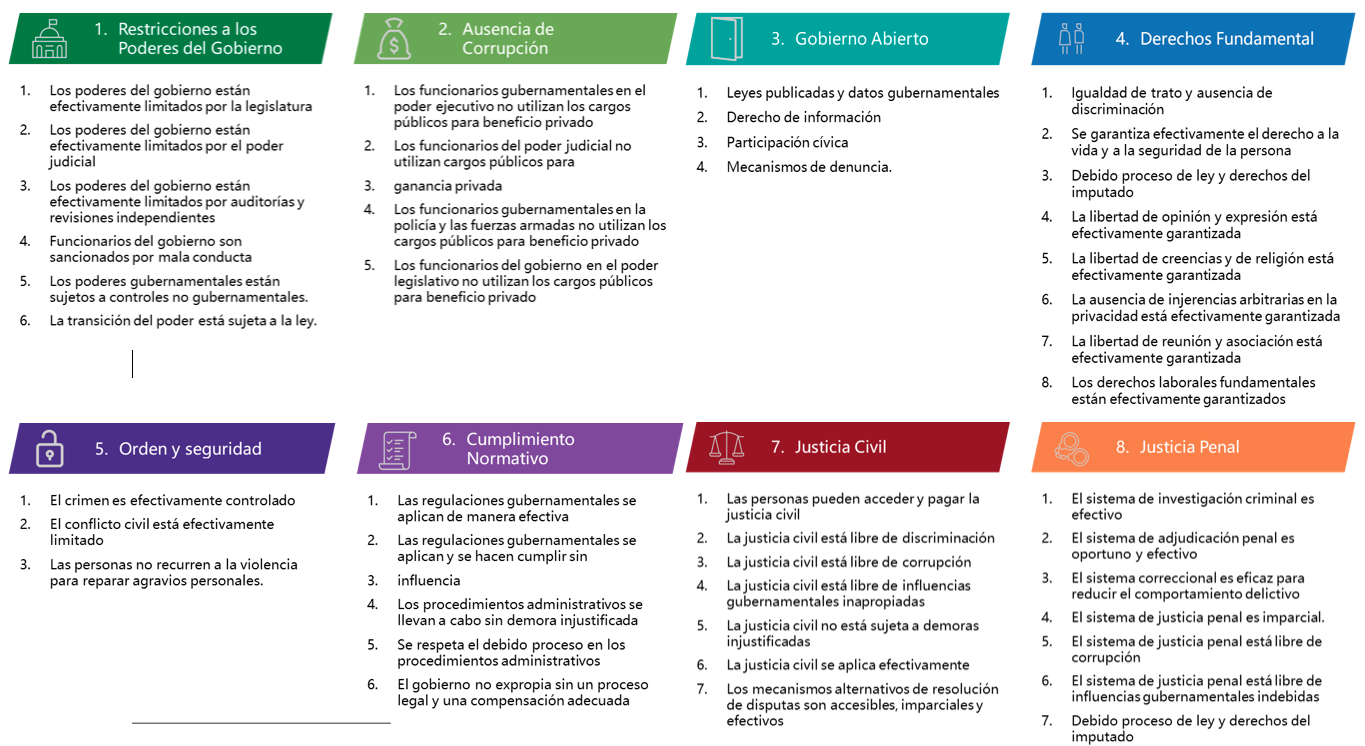
Figure 1: Rule of Law Conceptual Framework
The World Justice Project Index shows that, for the fifth year in a row, the rule of law has weakened in more countries than it has improved (84 countries have worsened compared to 54 countries where it has improved). This means that more than 4.4 billion people live in countries where the rule of law has weakened, equivalent to 56% of the global population.
The World Justice Project Index shows that, for the fifth year in a row, the rule of law has weakened in more countries than it has improved (84 countries have worsened compared to 54 countries where it has improved). This implies that more than 4.4 billion people live in countries where the rule of law has weakened, equivalent to 56% of the global population.
Between 2021 and 2022 the rule of law has weakened in 61% of countries and scores fell by an average of 0.5%. The main factors behind this are:
- The weakening of checks and balances on government powers in 58% of countries, down 0.7% on average.
- The erosion of fundamental rights due to the growth of authoritarianism and the shrinking of civic spaces, declining in 66% of countries with a decrease of 1% on average. Scores fell on the following indicators:
- In 55% of countries respect for political dissidents, media objectivity, arrests, threats or unreasonable abusive treatment decreased by 1.6%.
- In 63% of countries, freedom of opinion and expression decreased by 0.9%.
- In 57% of countries, freedom of assembly and association by 1.3%.
- Deterioration of civil justice due to increased discrimination, procedural delays and weakened enforcement mechanisms. This has occurred in 61% of countries, with a decline of 0.8% on average.
These data apply to 2022 and reflect a small improvement over 2021, which still reflected the effects of the pandemic that increased the pre-existing collapse of the rule of law with a weakening in 74% of countries, and an average drop of 1%.
Despite this small improvement, the trend over the past five years shows alarming data, reflecting a weakening of the rule of law in 64% of the 140 countries surveyed by The World Justice Project Index, averaging a decline of 2.6% globally.
This deterioration has been driven mainly by countries' declines in scores on limiting government powers and fundamental rights.
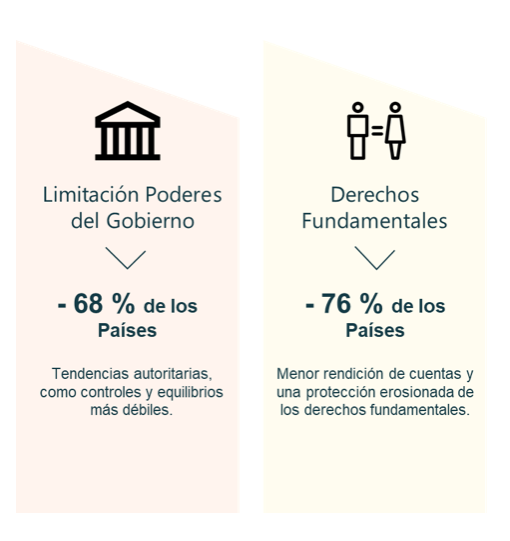
Figure 2: Main deteriorating indices
The only index that shows a slight improvement during this period is the one related to strengthening Regulatory Compliance, which increased in 59% of the countries with an average of 0.9%.
The report shows the state of the rule of law around the world and the following general conclusions are observed:
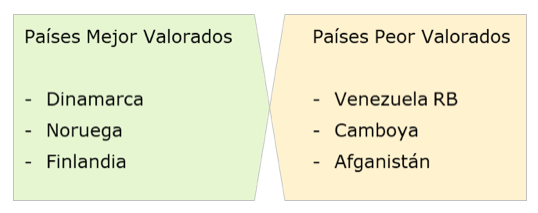
Figure 3: Country Assessment
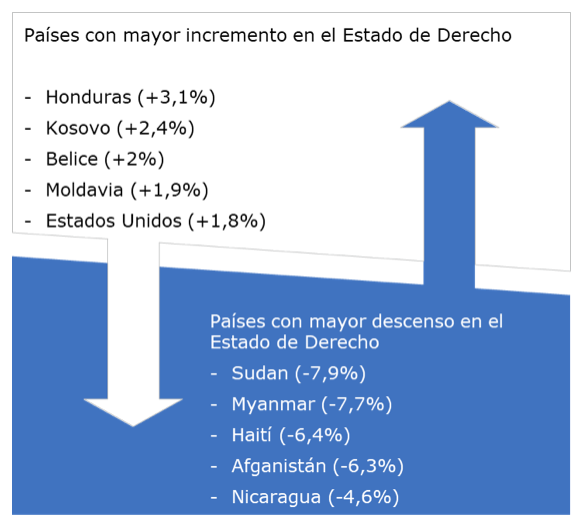
Figure 4: Major growth and decline
The report shows through the different figures its analysis of the rule of law in different classifications, from which the following conclusions can be drawn:
Figure 1: Rule of law around the world
It shows the rule of law in the 140 countries participating in the study and allows us to draw the conclusions that the most developed countries are those with the best scores with respect to the conceptual framework selected for this report, highlighting that the TOP 5 countries with the best scores are those located in the northern part of the EU (Denmark, Norway, Finland, Sweden and the Netherlands), and noting, in turn, that the TOP 5 countries with the worst scores have a greater geographical dispersion (Venezuela BR, Cambodia, Afghanistan, the Democratic Republic of the Congo and Haiti).
Figure 2: Variation in scores and rankings
Indicates the variation in the global ranking of these 140 countries compared to the previous year in the rule of law situation. It reflects in alphabetical order the variation in the rule of law in each country and how this variation has affected their global ranking. While Sudan is the country that has lost the most positions in the global ranking, dropping 9 positions, Belize, on the other hand, stands out as the country that has gained the most positions in the global ranking, moving up 8 positions.
Figure 3: Rule of Law in the world by region
It can be seen that in the East Asia-Pacific region most countries are in a situation where adherence to the rule of law is moderate, but with large differences between states, with the following standing out:
- New Zealand and Australia as the countries with the highest adherence to the rule of law.
- Cambodia and Myanmar as the countries with the lowest adherence to the rule of law.
In Eastern Europe and Central Asia, as in the previous region, most of the countries are in a situation where adherence to the rule of law is moderate, with none of the countries standing out in particular.
The regions of the European Union and North America are where there is the highest adherence to the rule of law; their countries are the countries at the top of the overall ranking. They stand out:
- Denmark and Norway as the most adherent
- Hungary and Bulgaria as the closest to moderate adherence.
The countries of Latin America and the Caribbean show a moderate adherence to the rule of law, tending towards weak, highlighting the great differences between the countries that make up the region:
- Chile and Uruguay are countries with an adherence to the rule of law, tending towards a strong adherence to the rule of law.
- Venezuela RB is a country with very weak adherence to the rule of law.
The Middle East and North Africa region are areas for which less country data is available; even so, there is moderate to weak adherence:
- United Arab Emirates is the country with the highest adherence to the rule of law.
- Egypt is the country with the lowest adherence to the rule of law.
In South Asia, adherence to the rule of law is moderate, tending towards very weak, with Afghanistan being the country with the lowest adherence, and with the rule of law indices declining in 2022.
In Sub-Saharan Africa, in contrast, adherence to the rule of law is moderate, tending towards weak and very weak, although there are some countries with a moderate tendency towards strong adherence.
- Rwanda, Mauritius and Namibia are the countries with the highest adherence to the rule of law.
- Democratic Republic of Congo, Cameroon and Mauritania are the countries with the lowest adherence to the rule of law.
Figure 4: Rule of law around the world by income
This section ranks countries by the level of income-based economy of the 140 countries participating in the Index:
Low Income Economies
Low-income economies are defined as those with a Gross National Income (GNI) per capita, calculated using the World Bank Atlas method, of $1,045 or less in 2020. This section includes 17 countries where only Rwanda has moderate, tending to strong adherence. The rest have weak adherence, tending to very weak, with Afghanistan having the lowest adherence to the rule of law.
Low-Middle Income Economies
Lower-middle income economies are defined as those with a Gross National Income (GNI) per capita, calculated using the World Bank Atlas method, between $1,046 and $4,095 in 2020. This section contains 38 countries where adherence to the rule of law is weak to very weak, with Cambodia standing out as the least adherent.
Middle- to high-income economies
Upper-middle income economies are defined as those with a Gross National Income (GNI) per capita, calculated using the World Bank Atlas method, between $4,096 and $12,695 in 2020. This section contains 42 countries where adherence to the rule of law is moderate, with Venezuela RB standing out as the least adherent and Costa Rica as the one with the strongest adherence.
High Income Economies
High-income economies are defined as those with a Gross National Income (GNI) per capita, calculated using the World Bank Atlas method, greater than $12,695 in 2020. This section contains 43 countries where adherence to the rule of law is strong, and highlights the countries with the highest adherence.
Figure 5: For the fifth year in a row, the rule of law has declined in more countries than it has improved.
The graph shows the evolution of the percentage of countries that have improved or decreased in their rule of law. In the past year, 61.2% decreased compared to 38.8% of countries in which it increased. It should be noted that in the year of the pandemic, the deterioration of the rule of law reached its highest point.
Figure 6: Declines were widespread from 2021 to 2022.
In all regions there has been a decline in the rule of law, however, it is notable that in countries with a weak rule of law, the decline has been greater than in those countries where the rule of law was stronger.
- 51 Countries have improved the rule of law
- 85 Countries have seen a decline in the rule of law
Figure 7: Changes in the rule of law tend to be slow and inconsistent
The figure shows that, although the trend is towards a decline in the rule of law, it is neither constant nor pronounced. In the last 5 years the following stand out:
- Brazil, Dominica, Hong Kong SAR China, Hungary, Mexico, Morocco, Burma, Nigeria, and Trinidad and Tobago had consecutive declines in the score.
- Italy, Kazakhstan, Malawi and Uzbekistan are the only countries to have improved their scores over the last five consecutive years.
Figure 8: Rule of law declined in 61% of countries from 2021 to 2022
For the fifth consecutive year, the rule of law declined in 85 countries compared to 54 countries where it increased.
Figure 9: Effect of the Pandemic
The pandemic reinforced the existing breakdown in the rule of law. In 2021, the rule of law weakened in 74% of countries by an average of 1%. This decline was smaller in 2022 but it is notable that two-thirds of the countries that declined in 2021 also declined in 2022. In 2021 the main deteriorations were in:
- 70% of countries had restrictions on government powers.
- 94% of countries decreased opportunities for civil, criminal and administrative justice procedures
- 82% of countries decreased civic space
- 67% of countries decreased equal treatment and non-discrimination
All of these indicators have also declined in 2022, although to a lesser extent:
- 58% of countries had restrictions on the Powers of the Government
- 86% of countries decreased opportunities for civil, criminal and administrative justice procedures
- 73% of countries decreased civic space
- 70% of countries decreased equal treatment and non-discrimination
Figure 10: Rule of Law falls on 7 of 8 Factors from 2021 to 2022
It can be seen from the Index graph that the rule of law fell on the different factors more than it grew last year, although it is worth noting that the percentage of countries that improved on the different factors was higher than in the previous year.
Figure 11: Checks on government powers declined in 58% of countries from 2021 to 2022
Control over powers decreased in 58% of the countries due to declines in the different sub-factors used for the study. Of particular note is the decrease in countries such as Germany, Brussels, the Netherlands and Portugal.
Figure 12: Respect for fundamental rights declined in 66% of countries from 2021 to 2022
Respect for fundamental rights declined in 66% of countries due to declines in the various sub-factors used to analyse this factor in the Index. Notably, the decline in countries such as Spain, Canada, Germany, Portugal, Italy, the Netherlands and others is worth noting.
Figure 13: Efficiency in Civil Justice declined in 61% of countries from 2021 to 2022
Civil justice declined in 61% of the countries, due to the decline in the sub-factors that compose it for the analysis. Of note is the general decline in EU countries and Canada, as well as the improvement in this factor in Italy.
Long-term trend
From 2015 to 2022, in 64% of the 140 countries participating in the study, the rule of law has declined in strength, with a fall of up to 2.6% on average globally. This is due to increased authoritarianism, less control over government or less respect for fundamental rights. The only factor that has improved over the period is the increase in regulatory compliance.
In Figures 14, 15, 16 and 17 the Index shows how the rule of law has been losing strength in most countries, broken down by Factor and by Subfactor, and showing more clearly where the declines have been most widespread.
Regional information on the rule of law
Analysing Figures 18, 19, 20, 21, 22, 23 and 24 shows the evolution of the rule of law by percentages in the countries of the different states, divided by region, and sample:
- Figure 18 East Asia and Pacific: shows how the rule of law has declined in 10 countries and improved in 5, with Myanmar's decline standing out.
- Figure 19 Eastern Europe and Central Asia: shows that 8 countries have seen a decline in the rule of law and 6 have improved, with Russia and Belarus declining and Kosovo and Moldova increasing.
- Figure 20 European Union: it is the only region where there are more countries where the rule of law has increased than decreased, with an increase in 14 countries and a decrease in 13 countries.
- Figure 21 Latin America and the Caribbean: the report shows that the rule of law has decreased in 21 countries, while it has improved in 11 countries. Of note is the decrease in Haiti and the increase in Honduras.
- Figure 22 Middle East and North Africa: in this region, only one country's rule of law has increased (Egypt), while the other seven have decreased, with Iran being the country where it has decreased the most.
- Figure 23 South Asia: in this region it is also the case that only one country has strengthened its rule of law (Nepal). The general trend in the region, on the other hand, is a decline in the rule of law, with five countries declining, most notably Afghanistan.
- Figure 24 Sub-Saharan Africa: In this region, the rule of law has declined in 20 countries, while it has increased in 13.
After analysing the data presented in the Rule of Law Index for the 140 countries, it can be concluded that there has been a general decline in 7 of the 8 factors used for the analysis. A trend that has continued over the last 5 years shows that states have neglected to maintain and care for the rule of law, and that citizens have neglected to try to maintain and improve it.
There are also very worrying trends in the respect for fundamental rights, highlighting the increase in countries where political dissidence is not respected; where arrests, threats or abuses of power are made; where freedom of opinion and expression, as well as freedom of assembly and association, have diminished.
All of these factors are key elements for the development of fairer and more egalitarian societies that allow states to grow and develop. For this reason, the slight improvement, with less pronounced declines, after the pandemic year should be something that states should strengthen and take care of in order to reverse this downward trend in the rule of law over the last five years.







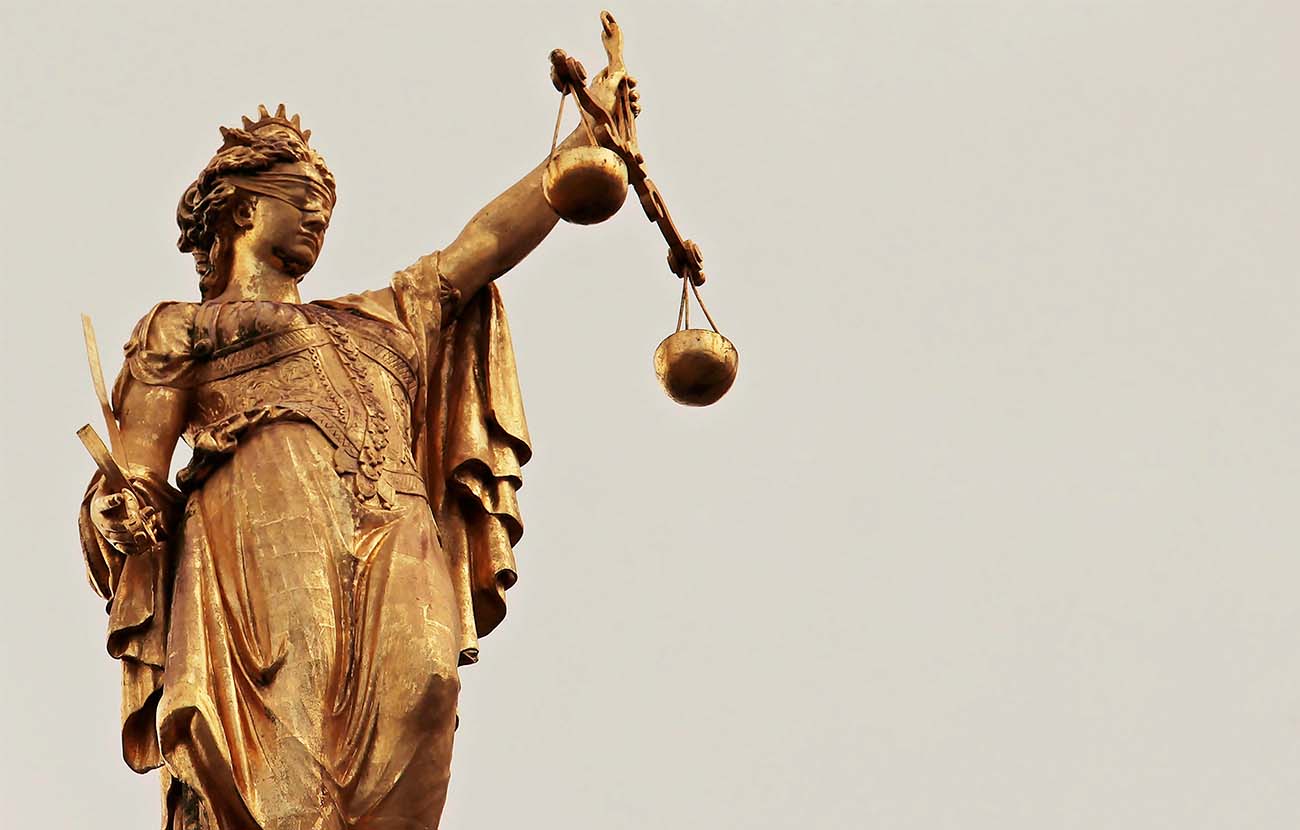

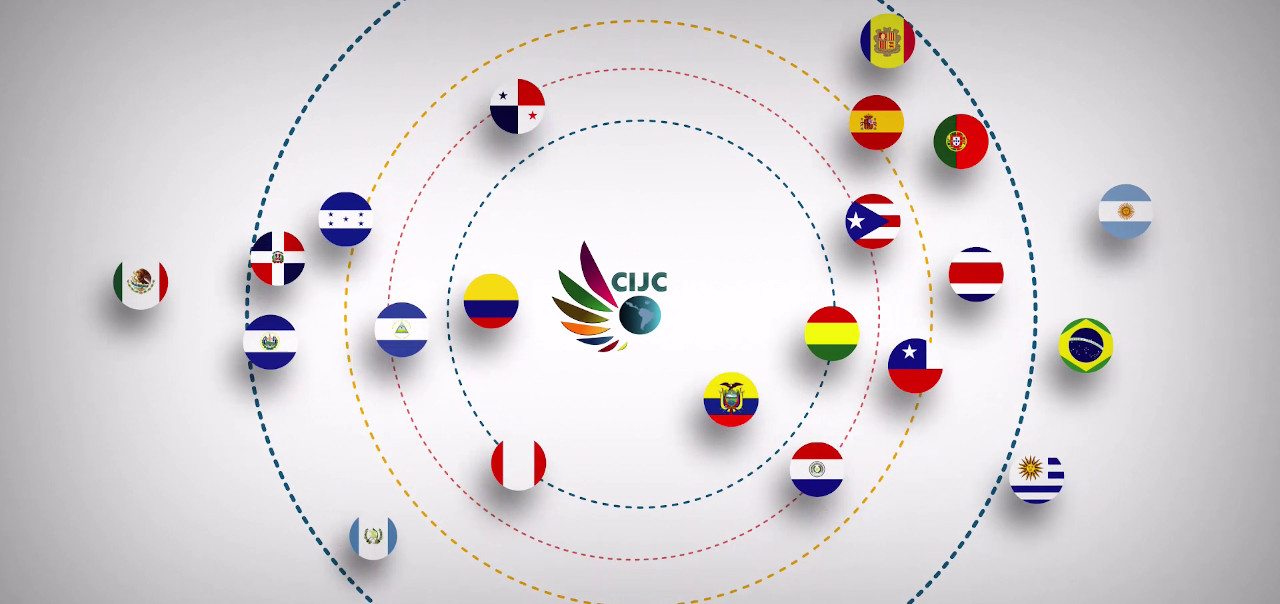
Add comment